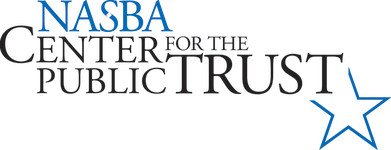Is it Better to Win or Collaborate?
Ethics Matters
Q2 2023
In every team setting, there are times when a leader will face conflict within the team. Recently, I helped a client work through a significant conflict that was holding their leadership team back from reaching its full potential. We worked together to get the parties involved to reach a collaborative solution. First, we had to get the team to see that they had a culture of competition versus collaboration. Team members wanted to win, even when it meant winning against each other.
We helped them realize how they were unconsciously sabotaging the team by working against each other and not with each other. We used a tool I learned back in graduate school; the Thomas-Kilmann Model. The model covers a spectrum of how people approach conflict. Approaches in the model are avoiding, accommodating, compromising, competing and collaborating. The approach one chooses is determined, in part, by the value they place on the relationship with the other person(s) or versus their position on the issue.
Avoiding and accommodating are approaches used when the issue is not very important to the person in conflict. The person(s) in conflict is likely to accommodate when the relationship is important, but the issue is not very important. Likewise, the person(s) will often avoid when the relationship and the issue are both unimportant to the person(s). Unfortunately, neither of these approaches yields the best result.
When there is not a strong difference in the importance of the relationship and the position of the person(s) in conflict, they will often look for a compromise. When a decision needs to be made fast, a compromise can be a good conclusion for a team. However, too much compromise can build resentment because compromising requires both sides to give up something. Giving up something, for most people, feels like a loss.
When the person(s) in conflict has a position on the issue that is more important than the relationship with the other person(s) in conflict, they are likely to compete. Internal competition is where many teams get off track. Conflict will happen, but the faster and more effectively a team can resolve it, the better the team will be. Competing prolongs the resolution significantly.
The best way to move a team forward through conflict is with collaboration and is possible when the position on the issue and the relationship are both important to the person(s) in conflict. Collaboration happens when all parties involved commit to working on the same side of the table to attack the issue together. It is better to collaborate because this approach gives everyone a chance to win.
We resolved the issue with my clients because they chose to collaborate over winning. Go win through collaboration and remember to lead with integrity.




